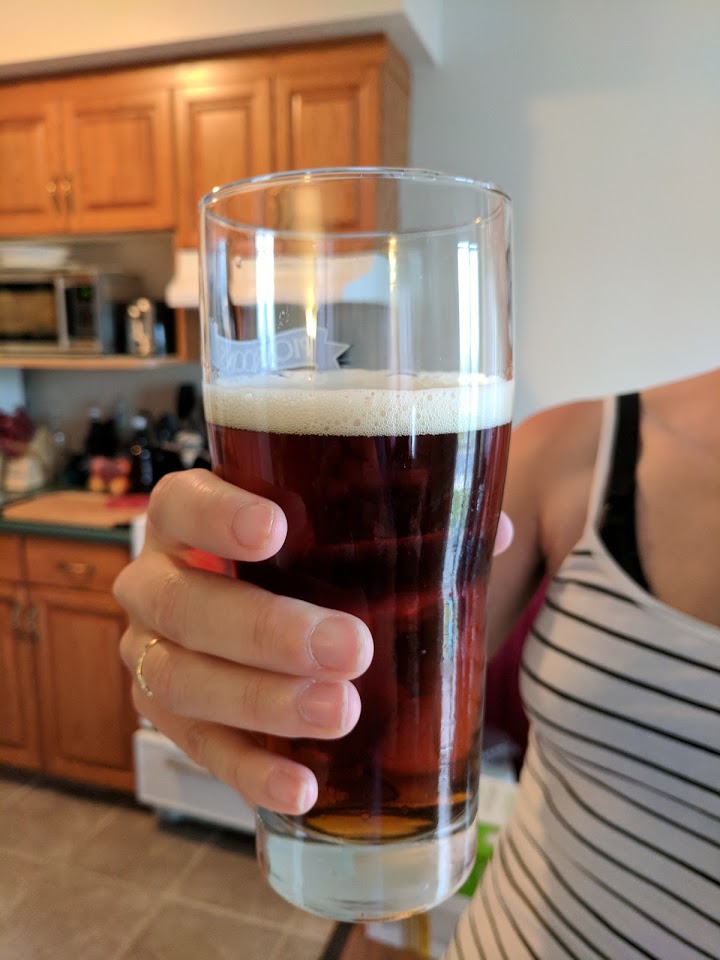tomoncanterbury
Active Member
- Joined
- Aug 7, 2017
- Messages
- 37
- Reaction score
- 7
So I recently completed my first brew (an English bitter) and as you all know (and I now know as well) the instructions that come with these kits aren't fantastic.
Basically, I have no idea what temperature I pitched the yeast at, probably 80 degrees or so. Also, I let it sit for a day fermenting at 81 degrees. It's really hot at my place. After some research I learned how important temperature control is and placed the fermenter in a basin with maybe 4 inches of water in the bottom and wrapped and wet towel around it to try and get the temperature down. It's sitting at about 73 degrees now but my concern is that letting it ferment for a day at 81 (esters and such) and then bringing the temperature down to 73 stressed the yeast.
How bad is it going to be? At least I have learned a lesson or two for next time!
Thanks,
-Tom
Basically, I have no idea what temperature I pitched the yeast at, probably 80 degrees or so. Also, I let it sit for a day fermenting at 81 degrees. It's really hot at my place. After some research I learned how important temperature control is and placed the fermenter in a basin with maybe 4 inches of water in the bottom and wrapped and wet towel around it to try and get the temperature down. It's sitting at about 73 degrees now but my concern is that letting it ferment for a day at 81 (esters and such) and then bringing the temperature down to 73 stressed the yeast.
How bad is it going to be? At least I have learned a lesson or two for next time!
Thanks,
-Tom







